It was the greatest clash of the Civil War, and it should have been a sure victory. Overwhelmingly superior federal forces easily taking the lightly defended city of Fredericksburg and marching on, to the Confederate capital of Richmond.
It was never meant to be.
Departing November 15, 120,000 federal troops under Union General Ambrose Burnside hurried the 35-miles from Warrenton to Falmouth Virginia, the first arriving on the north bank of the Rappahannock two days later. Across the river stood the port city of Fredericksburg, defended by a paltry confederate force numbering barely a few hundred.
Back in Washington, bureaucratic wrangling conspired with wretched weather to delay the only means of crossing the Rappahannock. Portable bridge pontoons only now beginning the journey south.

And so they waited, any chance of surprise squandered as Robert E. Lee hurried some 70,000 of own troops to the scene. First to arrive was General James Longstreet’s wing moving east from Culpeper, taking up positions along a prominence known as Marye’s heights. Meanwhile, General Thomas J. “Stonewall” Jackson’s men hurried in from the Shenandoah Valley, forming up a defensive line four miles outside of town.
By the time those bridges arrived, heavy snows slowed military operations for at least another week. Longstreet’s and Stonewall Jackson’s men had more than enough time to prepare.

Burnside’s crossing finally began on the morning of December 11, as engineer battalions constructed bridges in the face of determined Confederate fire. Several groups of soldiers had to row across the river, the battle moving through the streets and buildings in the first urban combat of the Civil War.
On the morning of the 13th, Robert E. Lee’s forces occupied a seven mile long curving line, with the five divisions of Longstreet’s Corps on the left along Marye’s Heights, west of town.

Fighting began on both ends of the Confederate position, more or less simultaneously. The federals had some early successes against Stonewall Jackson’s dug-in positions on the right, but requested reinforcements never arrived. By the end of the day, the old farmer’s expression “slaughter pen”, had taken on a whole new meaning.
In contrast to the swampy approaches on the Confederate right, 5,000 soldiers under James Longstreet looked out from behind the stone wall on Marye’s Heights to an open plain, crossed from left to right by a mill run 5-feet deep and 15-feet wide, filled with 3-feet of freezing water.
Confederate artillery commander Edward Porter Alexander looked out on that ground and remarked “a chicken could not live on that field when we open on it”. He was right. For six hours, the Union army threw one attack after another against the rebels behind the wall. Fourteen assaults in all. As the sun went down on the evening of December 13, the ground before Marye’s Heights was carpeted with the mangled, dead and dying bodies of Union soldiers.
The Army of the Potomac suffered more than 13,000 casualties, approximately two-thirds of them in front of that wall. Lee’s army, by comparison, suffered around 4,500 losses. Watching the great Confederate victory unfold from his hilltop command post, Robert E. Lee said “It is well that war is so terrible, or we should grow too fond of it.”

Union ambulance corps had all they could do to remove their wounded from the plains, but dared not enter within the Confederate’s range of fire. So it is all through the night of December 13-14, the moans of mangled and dying Union soldiers could be heard all along that wall.
Perhaps some Confederate soldiers reveled in all that carnage, but not all. As the moans could be heard throughout that night here was hardly a man among them, who didn’t understand. That could be me out there.
Sergeant Richard Kirkland, Company G, Second South Carolina Infantry, could not sit and listen. Kirkland couldn’t stand to hear “those poor people crying for water”, so he left his position and made his way to General Joseph Kershaw’s headquarters, and asked to be allowed to help.
On the morning of December 14, 1862, Richard Kirkland took as many canteens as he could carry and stepped into the no man’s land between two watching armies. No one fired. No one even moved as one man worked his way alone from one wounded man to the next, straightening out a shattered leg here, there spreading out an overcoat and always with a quiet word of encouragement, and a drink of water.

Kirkland was out there for no less than 1½ hours. Alone in no man’s land, he never returned to the safety of that wall until he had helped every fallen soldier, friend or foe, on that part of the battlefield.
General Kershaw later gave this account: “Unharmed he reached the nearest sufferer. He knelt beside him, tenderly raised the drooping head, rested it gently upon his own noble breast, and poured the precious life-giving fluid down the fever scorched throat. This done, he laid him tenderly down, placed his knapsack under his head, straightened out his broken limb, spread his overcoat over him, replaced his empty canteen with a full one, and turned to another sufferer.”

Sergeant Kirkland lost his life the following year, leading an infantry charge at a place called Chickamauga.
How many lives were spared by one man’s courage and compassion this day in 1862, is impossible to know. One man who stepped out onto no man’s land between two watching armies, to give a moment’s comfort to a fallen adversary.
For that, Richard Rowland Kirkland will forever remain, the Angel of Marye’s Heights.








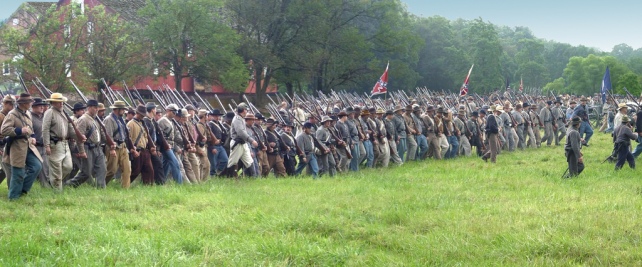




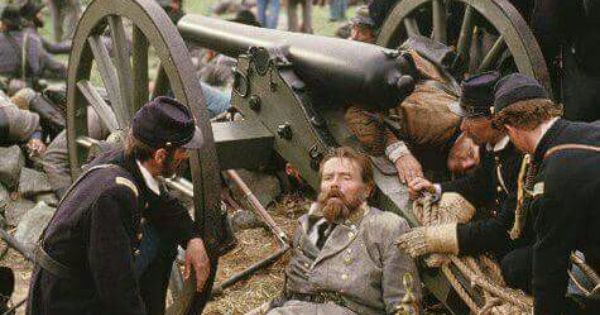























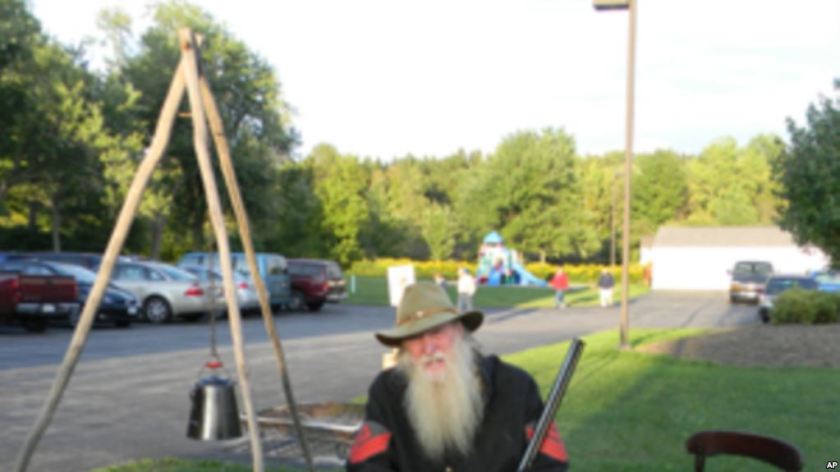

![4b4cf0f864c3dabcdb_IMG_7326[1]](https://todayinhistorydotblog.files.wordpress.com/2018/10/4b4cf0f864c3dabcdb_img_73261.jpg?w=684&h=513)






















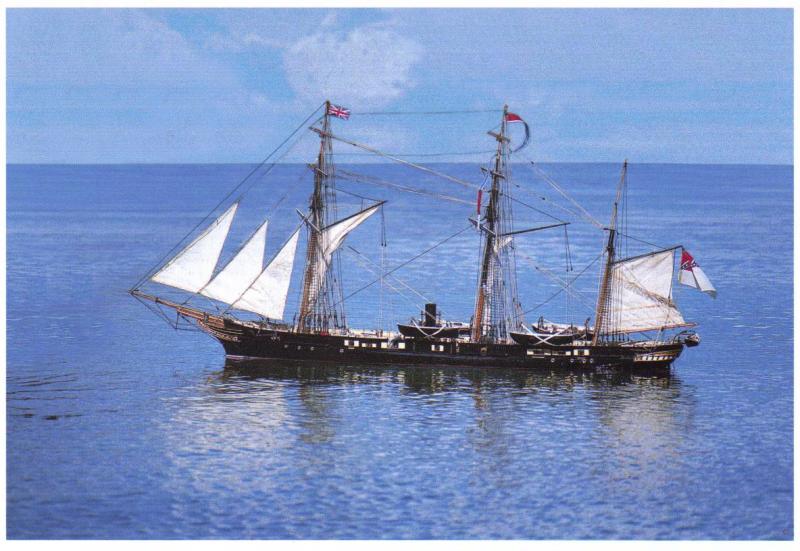


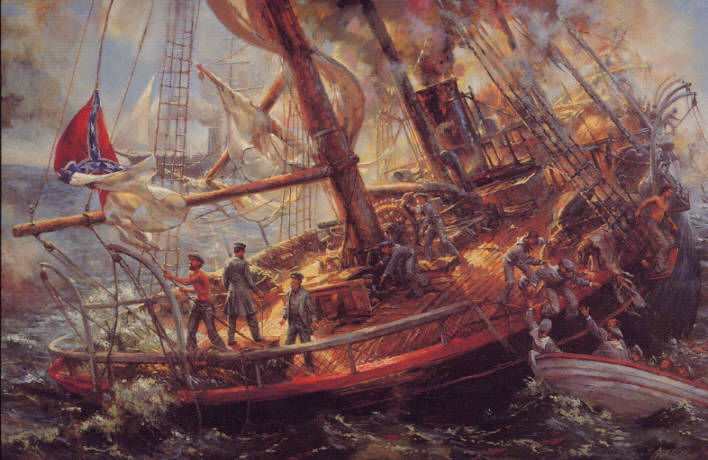








You must be logged in to post a comment.